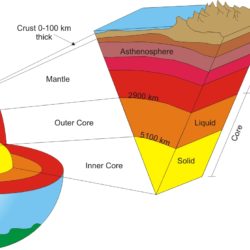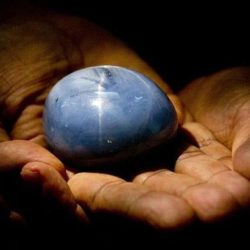Quartzite Rock
Quartzite is a hard, non-foliated metamorphic rock (majorly made of quartz) formed by metamorphosed sandstone which is converted into quartzite through heating and pressure usually related to tectonic compression within orogenic belts. Quartzite is usually white to gray in color although some rock units are stained by impurities to become pink, red, purple, yellow, orange, brown, green, or blue. It’s resistant to chemical weathering and often forms bare ridges and





